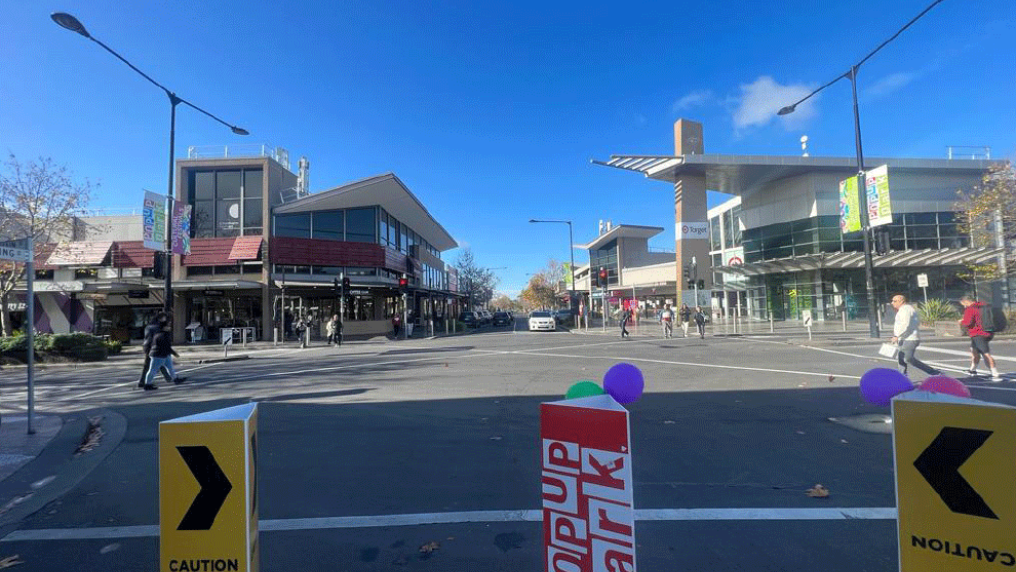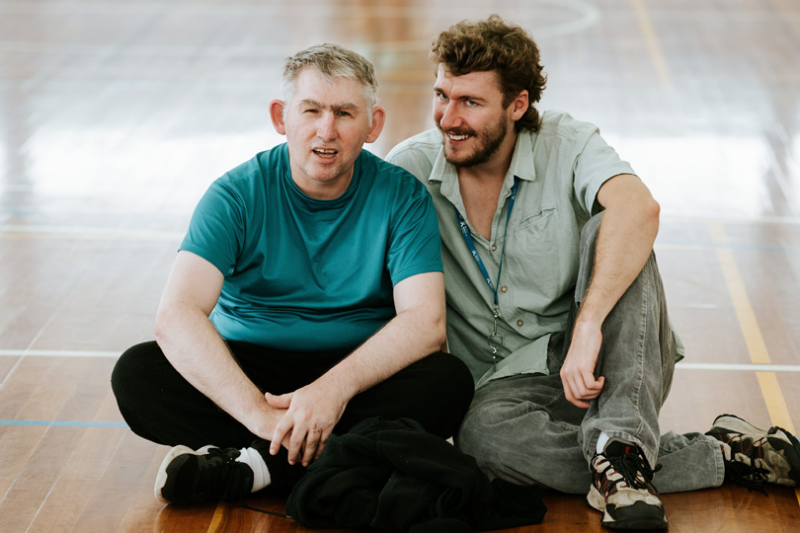Melbourne's western suburbs are rapidly expanding but public transport is not

Written by Associate Professor Elmira Jamei, Dr Hing Wah Chau and Dr Melissa Chan for The Westsider.
Melbourne’s growth has been rapid in recent years and much of it is occurring in the outer western suburbs. But there have been questions about the impact of growth on residents, and whether planning is improving liveability.
State and local government authorities have invested billions in large infrastructure initiatives such as Victoria’s Big Build Projects providing significant improvements to public transport and road infrastructure. Despite this trend, figures from the recent census conducted by the Australian Bureau of Statistics indicate that only 5.7% of residents in Melbourne’s west travel to work using public transport.
Researchers at Victoria University’s Institute of Sustainable Industries and Liveable Cities have been speaking with residents to find out why they don’t use public transport.
With Point Cook as a case study the researchers have found that despite a conscious attempt to widen the public transport service in the west of Melbourne, residents perceive them as generally inaccessible. This is partly due to the longer distances they often travel from their homes to get to the available bus or train stations.
People in Point Cook say they mostly feel unsafe when walking to public transport or waiting at bus stops. Low-quality amenities, such as the lack of proper lighting and benches, CCTV cameras, and police visibility at these stations, have dissuaded people from using public transport, especially women and older people.
The poor connections between public transport routes significantly increase travel times, and infrequent and unreliable schedules fraught with unannounced service cancellations have also created negative perceptions about public transport service in the west.
Residents say that despite significant investments in recent times, the quality of service does not seem to improve, leading to an over-dependence on cars.
‘After 8 pm, accessing buses would be so hard, and you have to wait for a long time. This is what has made Point Cook mainly a car-dominant area, and you need to have a car,’ said one resident.
‘In spite of 2 years of COVID-19, nothing has improved on the train network; still signalling issues and poor frequency. Bus timetables still have dead times where there is no service for a long time. The Williams Landing station, which services most residents of Point Cook and surrounding suburbs, has one of the highest footfalls, whereas the service capacity isn’t sufficient, let alone future proof,’ surmised another respondent.
The rapid growth of Melbourne presents an incredible opportunity for governments and stakeholders to work together and create a sustainable model of public transportation connecting our communities. However, conscious efforts to encourage sustainable travel modes are required at the early stages of development. Merely providing public transport infrastructure is not enough if concerns about safety and service quality are not addressed.
This work was supported by the Social Value Creation for Transport and Infrastructure project, funded by the Victorian Higher Education State Investment Fund, Australia.



